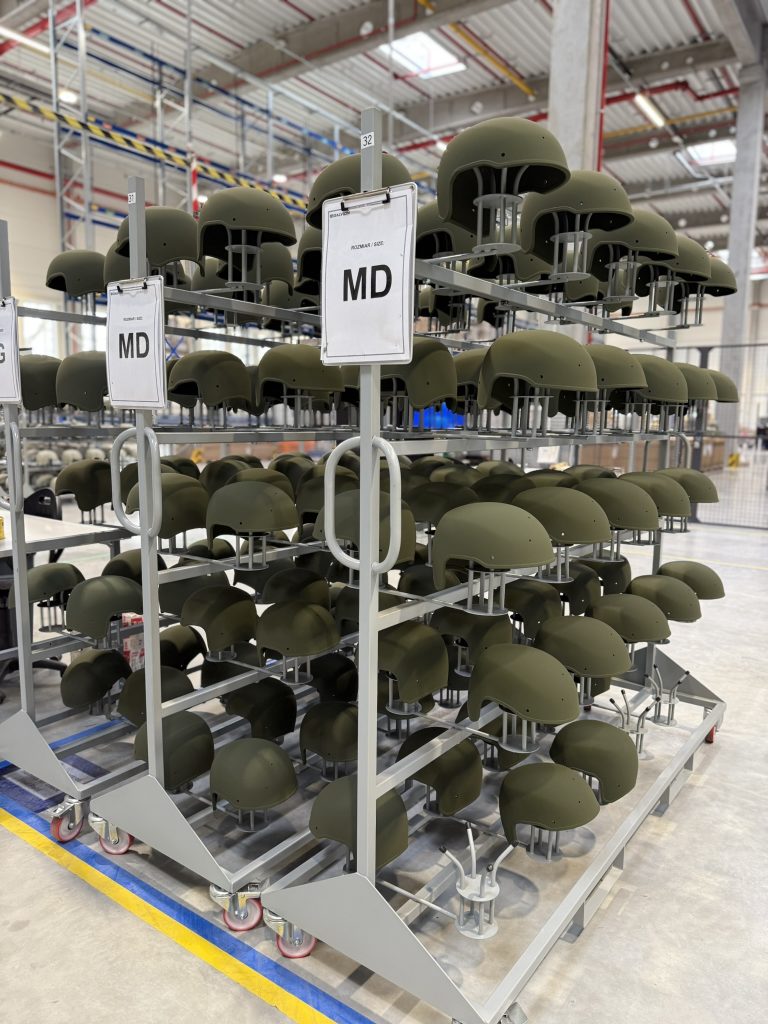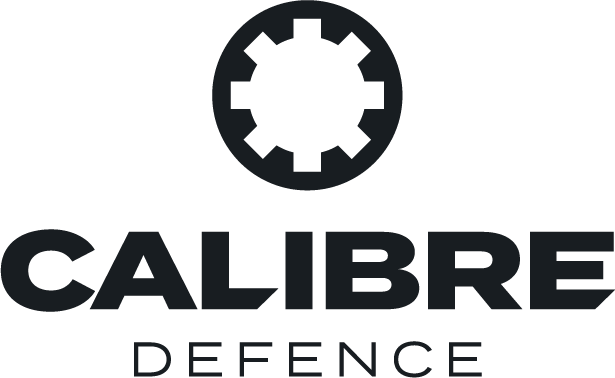Galvion opens European production hub
The company Galvion has declared its European production hub in Gdansk, Poland to be fully operational and producing the company’s Caimen helmets ahead of delivery to a NATO customer, according to a 1st April company press release.
The Gdansk facility houses helmet finishing and assembly capabilities, as well as critical support, maintenance, refurbishment, upgrade and training operations. Additional functionalities will be added throughout 2026 and beyond, but it is not clear whether this refers to full helmet production of other products from Galvion. The company produces a suite of helmets for different operators, as well as battery charging systems for drones.
The company’s existing factories in Canada and the US will continue to design, develop, and manufacture helmets, the press release states. Moreover, Galvion has a production partnership with NP Aerospace in the UK, which is producing the Caiman helmet for the UK and NATO customers.
Galvion decided to open the new facility in 2023 and expects to have close to two million helmets in service across NATO and other European nations by the end of 2026. “Our investment project here has been built from the ground up, requiring support, coordination and collaboration across Galvion, not to mention a network of local and national partners in Poland,” Todd Stirtzinger, Galvion’s CEO said.
A framework agreement was signed with the NATO Support and Procurement Agency (NSPA) in 2022, since then, the company has received orders from Norway, Finland, and Sweden for what is expected to be more than 80,000 of the Batlskin Caiman helmet.
Three additional orders from different countries were announced in April 2024, bringing the total number of helmets on order under the NSPA contract to more than 125,000, Galvion said. In addition to European countries, the Batlskin Caiman has been ordered by Canada, with two separate orders totalling some 10,000 helmets, and a 35,000 helmet order that was announced at IDEX this year.
Following extensive trials in Norway, “the Caiman helmet was selected as the variant normally used by Special Forces and advanced conventional forces as it is focused on survivability and lethality and supports the integration of visual augmentation devices and communications,” according to Svend Svendsen, project representative of the Norwegian Defence Materiel Agency.
Tech profile: Batlskin Caiman

Racks of Batlskin Caiman helmets awaiting assembly in the Galvion Gdansk facility. Credit: Galvion.
The Batlskin Caiman helmet comes in five sizes and in the largest size weighs just 0.87 kg. They are built from Ultra High Molecular Weight Polyethylene (UHMWPE) material. UHMWPE has a high molecular weight, with the individual molecules of polyethylene being much longer than those of conventional polyethylene. This makes it extremely tough and resistant to abrasion and impact as well as lightweight, which is critical for combat helmets. The helmets provide protection according to NIJ Standard 0106.01, this allows for four hits per helmet without penetration from .357 and .44 magnum rounds. The helmets can be fitted with accessories allowing night vision equipment and visors to be fitted.
Calibre comment
Many NATO countries are looking to expand their armed forces or better-equip their reserves. This is one of the focuses of Finland, for example, to which end it is developing a range of solutions that exploit its in-service howitzers and mortars. The expansion of forces, especially the creation of new brigades that have not existed before, leads to increased demand for helmets and soldier accessories.
By Sam Cranny-Evans, published on 2nd April, 2025.

Sign Up for Updates!
Get insider news, tips, and updates. No spam, just the good stuff!





